The guerrilla nature of warfare in Vietnam required the U.S. Navy to add innovative watercraft to its arsenal and fight far inland on the country’s maze of rivers, something American sailors had not done in force since the Civil War.
Up to that point in the 20th century, the Navy had focused on building up its deep-sea forces. But submarines and aircraft carriers were of little use against irregular units relying on sampans and junks to ferry supplies and fighting men on the country’s river highways.
On March 21, 1966, just six months after the U.S. Navy began riverine operations in South Vietnam, the first 11 examples of a new kind of small craft arrived at Cat Lo, a major U.S. naval combat and logistics base on the northern shore of Cape Vung Tau.
The craft was designated “patrol boat, river,” or PBR, a high-speed, shallow-draft, diesel-powered freshwater patrol craft with a fiberglass hull and water jet propulsion. The PBR was the first jet-propelled watercraft used in combat, and it became an integral element of the “Brown Water Navy.”
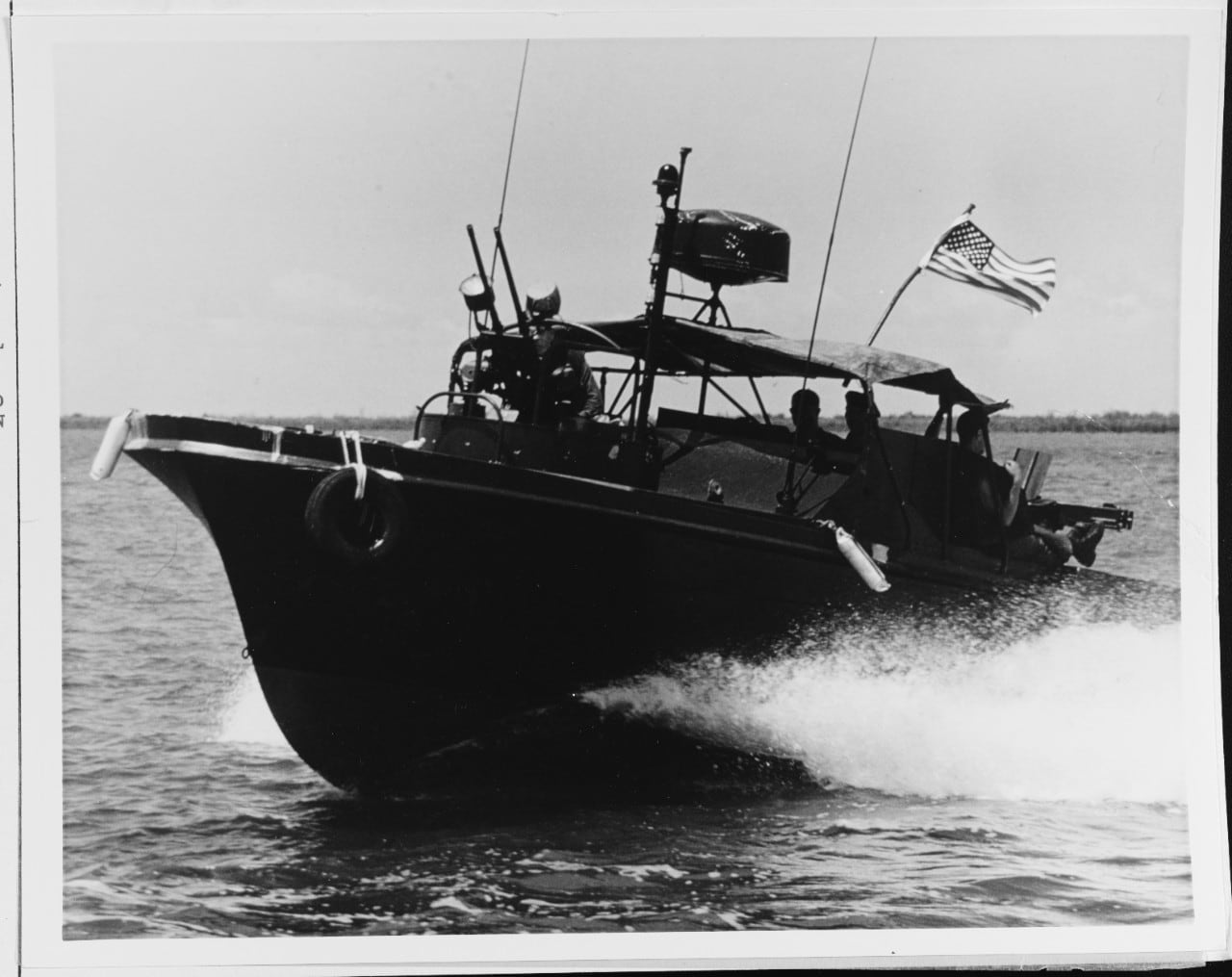
The new boats were placed under the control of Task Force 116, for what was known as Operation Game Warden.
Game Warden forces were charged with disrupting Viet Cong infiltration and resupply operations, destroying VC insurgents in their areas of operation and enforcing South Vietnamese government curfews.
Game Warden units performed harassment and interdiction operations, river patrols and minesweeping operations, especially along the main Saigon shipping channels. They were authorized to board and search all river craft—except foreign-flagged steel-hull merchant ships, warships and military, police or customs craft, unless specifically authorized by the task force commander.
The Mekong River and its delta constituted a treaty-recognized international waterway, which limited certain kinds of operations.
The 11 PBRs delivered in March 1966 and the approximately 300 delivered over the next few years to the U.S. and South Vietnamese military were based on a pleasure boat design constructed by Uniflite, a boatyard in Bellingham, Washington, on the northern end of Puget Sound near the Canadian border.
In October 1965, the Navy awarded a contract to the company for construction of 140 PBRs. The first craft off the assembly line, called the Mark I, was 31 feet long with a hull constructed entirely of fiberglass, a technology developed in the early 1950s.
Powered by twin 318-cubic-inch Detroit Allison 6v-53 diesel engines, the vessel moved at 25 to 32 knots, an extremely high speed for a naval boat at the time. At idle, the engines made a warm, low thrum-thrum sound.
The 9.5-ton vessels had a range of 150 nautical miles at 25 knots.
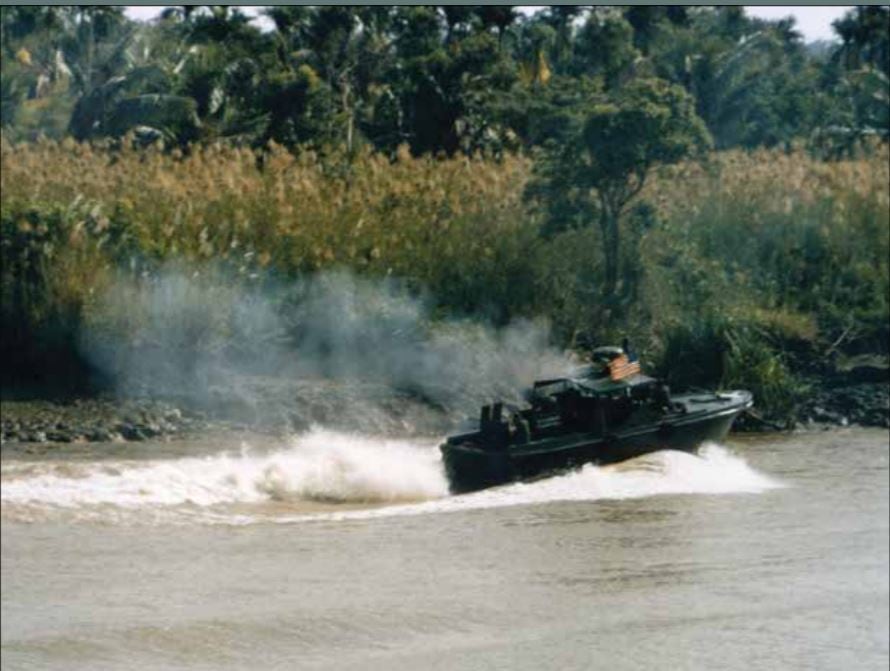
The PBR’s 9-inch draft and innovative propulsion made it ideal for operations in shallow, slow-moving water.
Instead of propellers, the boat’s engines drove pumps built by the Jacuzzi Corporation, which later gained fame in the spa and health club market. Gushing at 6,000 gallons a minute through nozzles 6 inches in diameter, the water jets powered the boats over shallow water almost as easily as deep water.
Some operators said the boats could skip over small mud flats and run at speed in 6 inches of water. Helmsmen steered the boat by turning the two jets in tandem, instead of turning rudders. This meant incredible maneuverability.
The PBR could perform a 180-degree turn in a boat length.
Given its purpose as a fast and light patrol boat, the PBR had a completely unarmored hull, though lack of protection was rarely a problem. Crewmen reported that rocket-propelled grenades would sometimes pass through the fiberglass without exploding, leaving just a small hole.
A small amount of steel armor was placed around the helmsman’s station.
The PBR was armed with twin .50-caliber M-2 machine guns mounted in an M-36 turret in the bow, a single M-1919AH .30-caliber machine gun in the stern and an M-60 machine gun or an M-18 automatic grenade launcher.
Four enlisted sailors manned the vessel: a boat captain (usually a first or second class petty officer), an engine man, a gunner’s mate and a seaman. The crew carried M-16 rifles and .45-caliber sidearms. Crewmen also operated a Raytheon 1900 radar unit and two URC-46 radios.
A fifth person, such as a South Vietnamese police officer or customs officer, sometimes accompanied the boats on patrols.
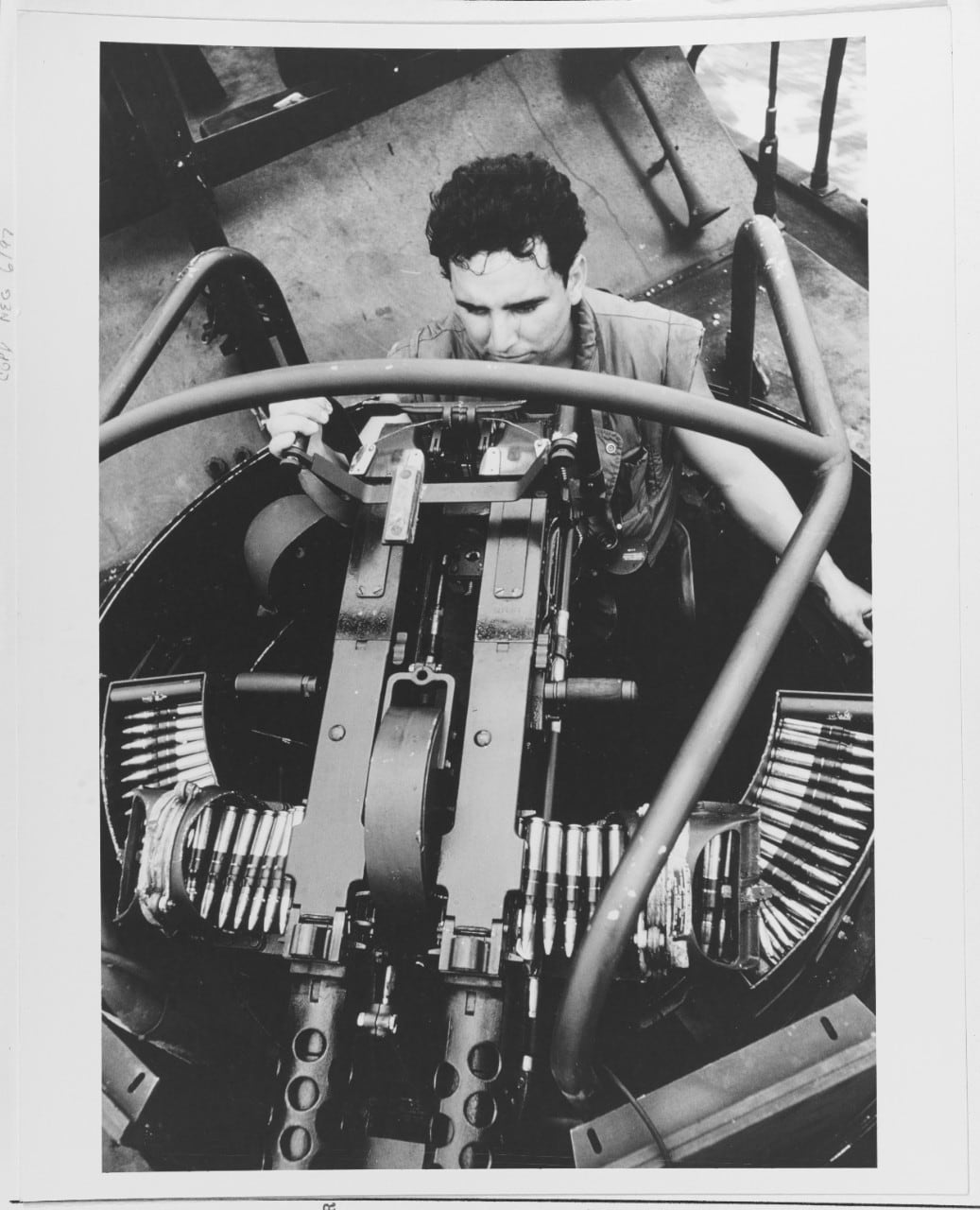
The Navy experienced problems with the Mark I PBRs within a few months of deployment.
Crews noticed premature aging, corrosion and deterioration of the fiberglass hull. Cracks allowed water to invade the Styrofoam hull reinforcement. The cracks apparently were caused by repeated hoisting and lowering into the water, and heavy weather. The Jacuzzi pumps also aged quickly in the harsh conditions.
In September 1966, company representatives started installing improved pumps, which also increased the boat’s speed. They also recommended that divers frequently clear the pump intakes of rice, fish, grass, weeds and the occasional snake. The long patrol hours meant little time for maintenance, and spare parts were at a premium, though the availability of parts improved by mid-1968.
On a quiet night, PBRs running at high speed could be heard more than three miles away.
Glenn E. Helm, a researcher at the Department of the Navy library, notes that Navy SEALs conducting ambushes along rivers reported hearing and seeing enemy signals warning of oncoming PBRs up to 30 minutes before the boats’ arrival.
In 1967 the Mark II version of the PBR appeared, with an aluminum gunwale to protect its sides when junks and sampans came alongside. A transom lengthened the boat by about 6 inches.
Most of the 418 Mark II PBRs constructed by Uniflite went to Vietnam. A number of the boats were also sold to foreign navies, including the Philippines navy, or to domestic police forces.
A Philippines navy PBR appeared as a U.S. Navy PBR in the 1979 film Apocalypse Now.
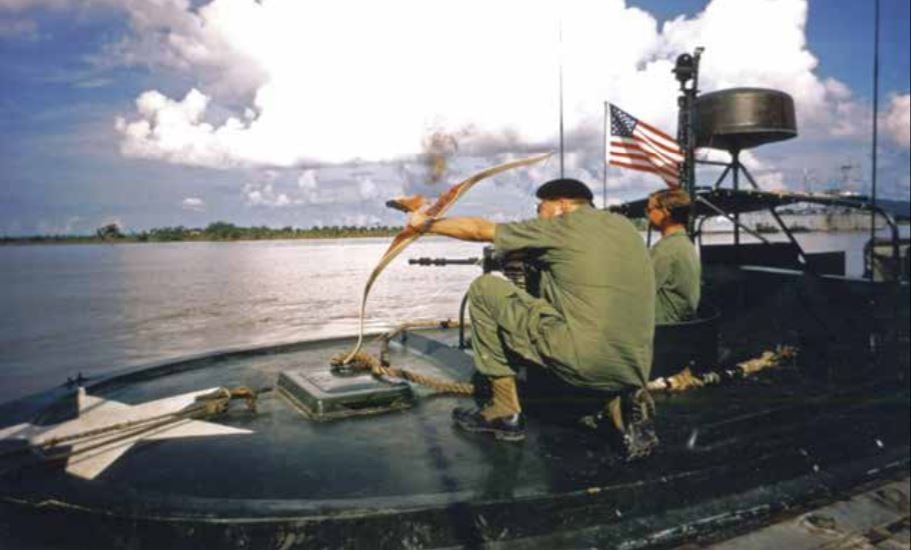
At the beginning of riverine operations in 1965, the Navy faced a task it hadn’t handled since the Union Navy wrested control of the Mississippi River and its tributaries from the Confederacy.
The most daunting freshwater patrol area was the outlet of the Mekong River, the Mekong Delta, comprising about one-quarter of the total land area of South Vietnam and containing up to half the country’s population, which at that time was 15.7 million. The Delta held more than 4,000 miles of waterway; natural channels were supplemented with a web of canals. (A 1967 survey recorded 732 miles of navigable water.)
Many of the banks were lined with dense vegetation that provided perfect cover for the enemy. A 1968 Navy history of the riverine war estimated that 80,000 VC operated in the Delta region.
Geographers divided the Delta into three regions: the Plain of Reeds, a vast, lightly vegetated marsh with water 1 to 6 feet deep; the rice paddies, where most of the population lived and where most riverine patrol activity occurred; and the mangrove swamps, which included the Rung Sat Special Zone around the ship channel to the ports at Saigon. As many as 30 two-boat PBR units continuously patrolled the Rung Sat.
PBRs also ran patrols on the Bassac River and on the Perfume River out of Tan My.
The two-boat patrol was the standard unit for PBR operations. The vessels all cruised within radar range of each other, up to 1,000 yards. Patrols lasted about 12 hours. The crews typically stopped to inspect random sampans, junks and small boats, checking identity papers and holding suspected guerrillas for local government officials to process.
Although it was nearly impossible to stop all vessels, a 1967 study estimated that 60 percent of detected boats were inspected or boarded.
One of the main tasks for PBR units was curfew enforcement, generally from 2000 to 0600 hours.
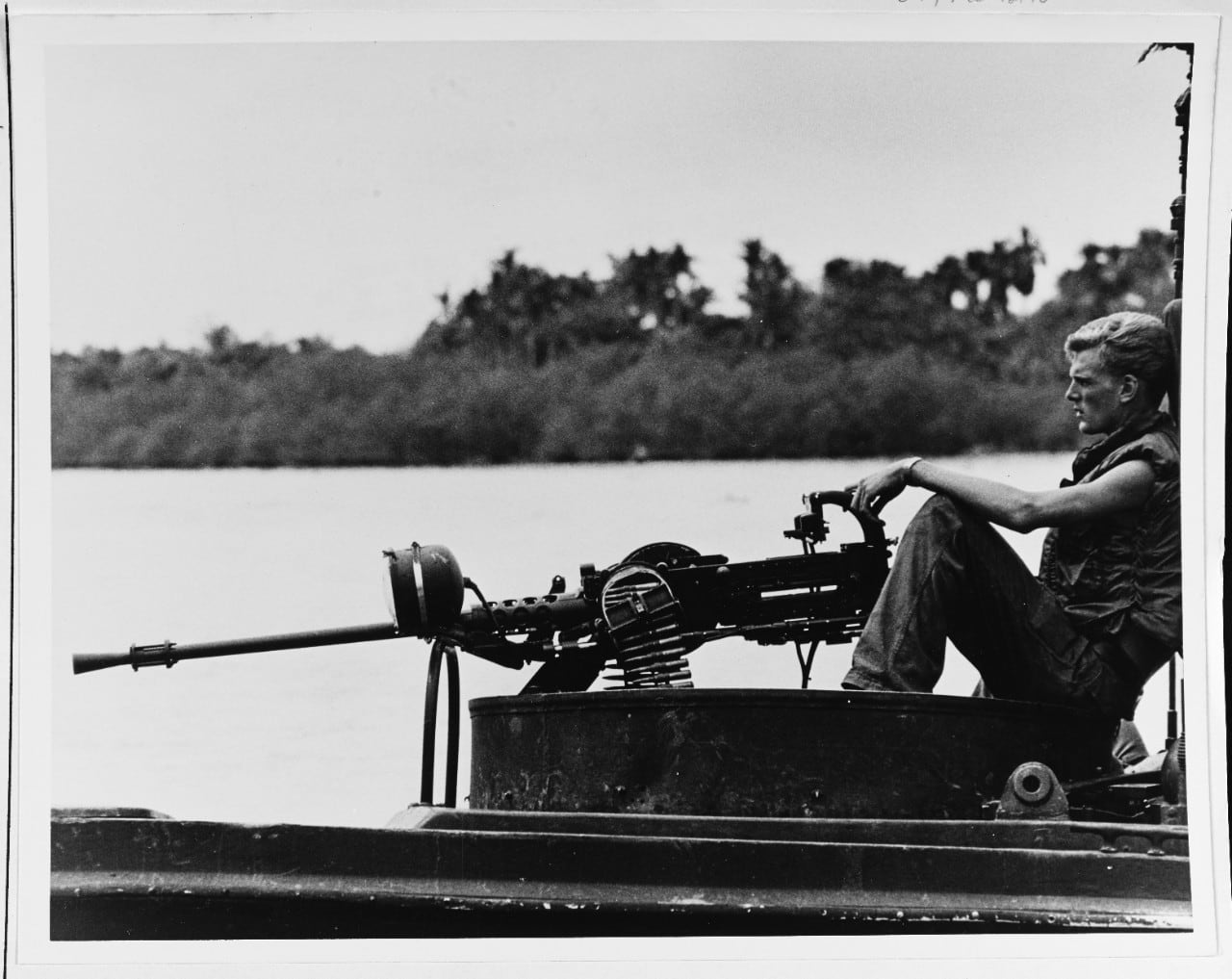
PBR tactics were tailored to the vessel’s strengths and weaknesses. Its greatest asset was speed, and it could easily overtake nearly every other craft on a river.
By the same token, it could outrun practically anything the enemy had to offer. Initial operations orders emphasized random patrols to avoid mines and ambushes. Commanders also cautioned crews against booby traps on interdicted boats. Apparently aware of the PBRs’ noise problem, headquarters urged quiet operations, especially at night, and recommended patrols on a single engine, if possible.
Once a PBR made contact with a suspect craft, it approached it at an angle that allowed crews to bring most of their weapons to bear. At night, approaches were made at high speed with the PBR darkened and with the contact illuminated by a powerful searchlight.
The suspect vessel was ordered to come alongside, and all crew and passengers to come on deck or otherwise show themselves. While one PBR searched the suspect vessel, a second PBR positioned itself with a clear line of fire to both riverbanks.
The first boat also trained its .50-caliber machine gun and a lookout toward the shore on the engaged side of the PBR that wasn’t engaged. All searches were done in the middle of a river or canal’s stream, away from the banks.
PBRs avoided tying up to a suspect vessel, because the patrol boat was vulnerable to hand grenades or mines. Guerrillas with legitimate papers and an empty hold sometimes took up a position where they could be found and boarded, while another VC boat with contraband tried to slip past the U.S. patrol. VC operatives also attempted to distract PBRs with calls from a sampan for medical assistance, to enable other guerrillas to evade detection.
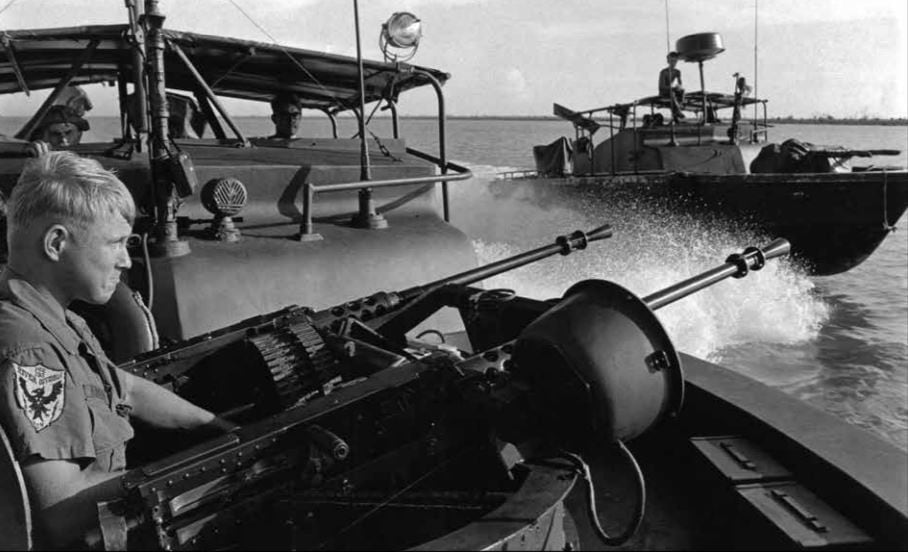
PBRs played limited roles in offensive operations, although they did set ambushes at suspected VC river crossings. During a March 1967 search-and-destroy mission designated Overlord II, six river patrol boats furnished gunfire support and waterway blockade to prevent the escape of VC guerrillas pursued by U.S. Army units on shore.
Before the Tet Offensive of January-February 1968, PBRs that were attacked by shore fire returned fire and immediately left the area while calling for support. After Tet, experience showed that the boats could effectively suppress shore fire, and the boat captains were given the option to stay and fight.
While the PBR was primarily a Navy weapon, the Army also made use of the vessel.
On Oct. 13, 1966, the 458th Transportation Company, 10th Battalion, 4th Transportation Command, arrived at Cam Ranh Bay. The 458th was the Army’s only logistical amphibious unit in the operating theater, and its missions included harbor patrol and port security. In early 1968 it received its first issue of 39 Mark II PBRs.
Renamed the 458th Transportation Company (PBR), the unit was also the only PBR company in the U.S. Army.
The Army craft were called J-Boats, to distinguish them from their Navy cousins. The Army crews received training from the Navy, and operated the boats in nearly the same way, sometimes serving as convoy protection when roads followed the shoreline.
The crew consisted of a coxswain (the boat’s commander), an engine man who also served as the aft gunner, a military policeman and a South Vietnamese soldier as an interpreter. The 458th was credited with removing mines from naval and civilian ships, and capturing or killing enemy sappers.
The 458th was deactivated in Vietnam on Sept. 1, 1971.
As the war wound down, Army and Navy PBRs were turned over to the South Vietnamese government. But at least one boat made it back to the States, a Mark I that served near Hue on the Perfume River.
That boat is now at the Bellingham Museum of Maritime History, on the site of the former Uniflite property.
RELATED
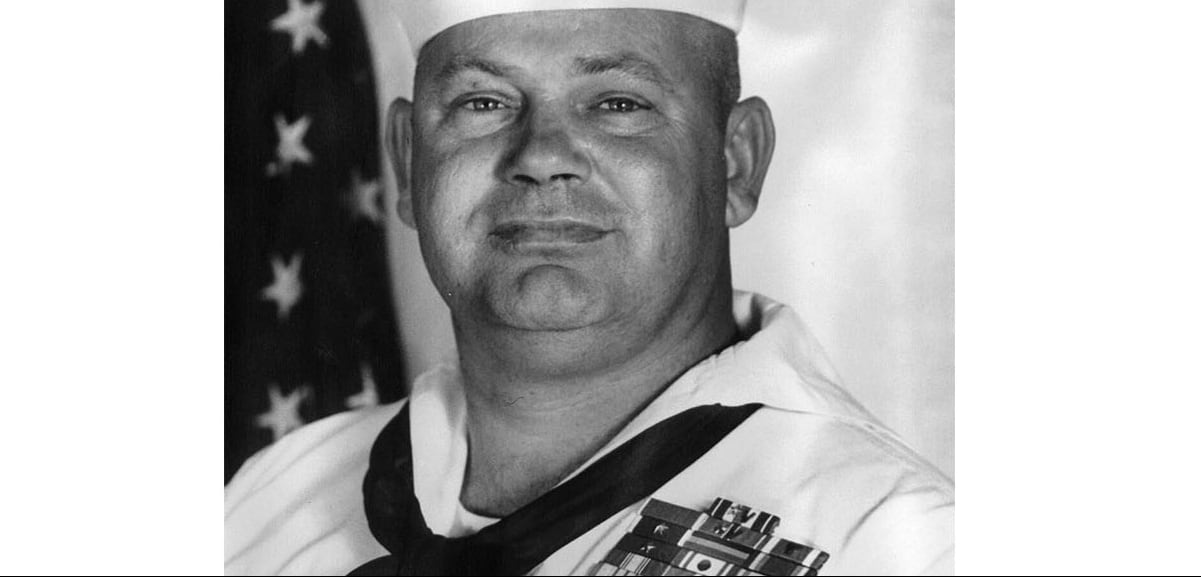
This article originally appeared in the April 2007 issue of Vietnam Magazine, a sister publication of Navy Times. To subscribe, click here.




